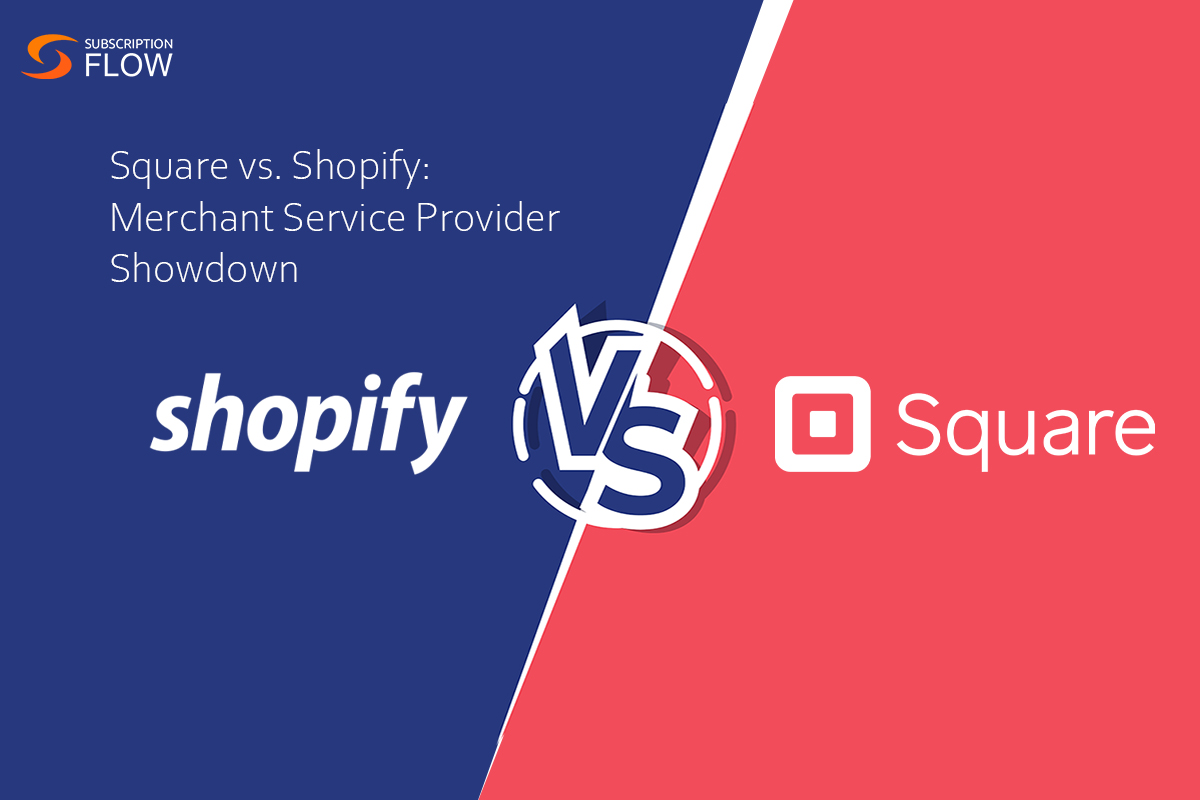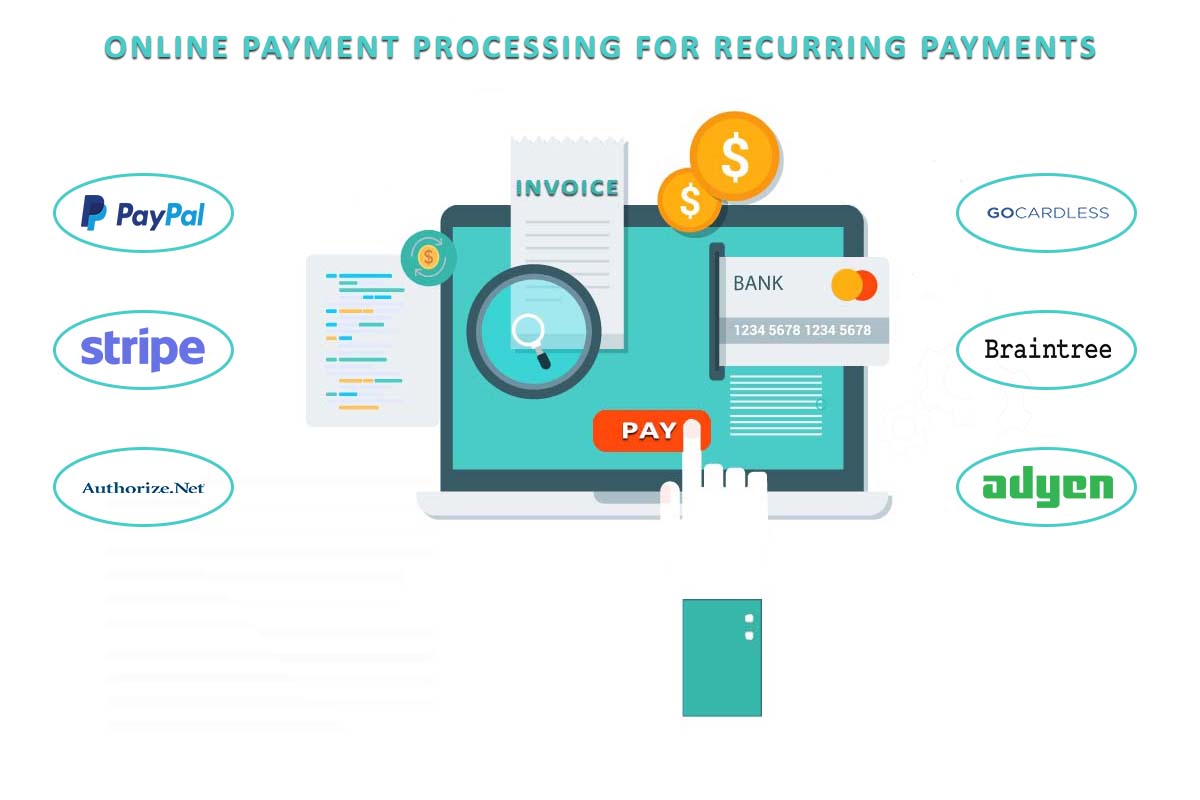
Square vs Shopify: Merchant Service Provider Showdown
Whether you’re in retail, hospitality, or the service industry, choosing the right point-of-sale (POS) system for your business plays a crucial role in its success. Shopify and Square are two popular choices. When it comes to prominent merchant service providers both can be good options depending on your specific needs.
Both Shopify and Square offer a suite of features that extend beyond POS terminals. These features are designed to streamline transactions and enhance the overall customer experience.
This blog will focus on demystifying the differences between Shopify vs Square POS systems. We will also go on to compare additional features and functionality offered by Shopify vs Square to help you make an informed decision that is aligned with your business needs.
Square vs Shopify POS: What Does it Offer?
Square, founded by Twitter co-founder Jack Dorsey, entered the POS market with a disruptive approach. It aimed to provide a simple and affordable solution for businesses of all sizes. Here are some key features that make Square’s POS system such a cult favourite:
1. Ease-of-Use
Square is known for its intuitive and user-friendly interface. The system is easy to set up, making it accessible without the need for extensive technical expertise. The minimalist design ensures a smooth learning curve for both staff and customers, perfecting simplicity as a revolutionary product/service.
2. Hardware Options
Square has a range of elegant hardware options. These include the Square Stand, Square Reader, and contactless payment options. This variety lets businesses choose the setup that best suits their needs. This can be a countertop system or a mobile solution for on-the-go transactions with the ability to provision curbside pickup and delivery through a few clicks.
3. Inventory Management
Efficient inventory management is a hallmark of Square. Users can easily add, edit, and track products, set up variations (like sizes and colors), and receive low-stock alerts. This feature is particularly useful for businesses dealing with a diverse range of products.
4. Synced Sales & Inventory
Square allows you to sync all your channels be it in store, online or through social media. Sales reporting and inventory management is synced so you always have a clear picture on your business performance and a single source of truth.
5. Simple & Transparent Pricing
Square is renowned for its transparent pricing. There are no setup or monthly fees, no long-term contracts. You simply pay a processing fee at a clear rate of 2.6% + 10¢ for every transaction.
6. Versatile Payment Methods
At its core, Square provisions straightforward and secure payment processing. The system accepts a variety of payment methods, including credit cards, contactless payments, and even Bitcoin. With competitive processing fees, Square provides an affordable solution for businesses looking to manage transaction costs effectively.
Shopify POS vs Square: What Does it Offer?
Shopify, originally designed as an e-commerce platform, expanded its reach into the POS realm to offer a seamless multichannel experience for businesses.
Here are some key features of Shopify’s POS system compared to Square’s offering:
1. E-Commerce Focus
One of Shopify’s standout features is its seamless integration between online and brick-and-mortar stores. That is what makes the Shopify POS particularly useful to businesses with a focus on online sales that are already using Shopify’s storefronts for their e-commerce operations. These businesses can easily synchronize their inventory, customer data, and sales analytics between online and brick-and-mortar stores.
2. Customizable Hardware
Shopify goes a step further than Square in letting businesses customize their hardware to their needs. This allows them to create a branded and cohesive in-store experience. From barcode scanners to receipt printers, Shopify’s POS hardware can be tailored to match the aesthetic and payment needs of any business.
3. Inventory Across Multiple Stores
Shopify is an ideal choice for businesses operating in multiple locations with more than one branch. This is because Shopify’s POS system allows centralized management of customer data, cumulative inventory, and omnichannel sales analytics. This feature is particularly beneficial for businesses with multiple branches that want their entire sales and inventory data in sync.
Square also syncs online, in-person and social media channel sales but Shopify does a better job of syncing the sales and inventory of multiple brick and mortar stores.
4. Customer Account Management
Shopify does more than process payments; it enables businesses to build and nurture customer relationships through its CRM functionality. Shopify POS can let businesses collect customer data, track the purchase history of certain accounts, as well as implement loyalty programs. In this way the Shopify POS system can help you grow your businesses beyond frictionless payment processing.
Square POS also lets you integrate gift cards and loyalty programs but does not provide much in the line of managing customer accounts as it does not have CRM functionality.
Comparison: Square vs Shopify
Now, let’s compare the key features of Shopify vs Square to help you determine which POS system aligns better with your business needs.
1. Setup & Ease-of-Use
Both Square and Shopify pride themselves on user-friendly interfaces, making them accessible to businesses of all sizes. Square’s minimalist design may appeal to those looking for a straightforward setup, while Shopify’s interface may be preferable for businesses already using the platform for e-commerce.
2. Inventory Management
Square offers robust inventory management with features like low-stock alerts, making it suitable for businesses with diverse product offerings. On the other hand, Shopify’s integrated approach ensures seamless synchronization between online and in-store inventory, making it a preferred choice for businesses with a strong online presence.
3. Payment Processing
Both systems are at par in terms of payment method availability and payment processing security. They both support a variety of payment methods, including credit cards and contactless payments.
Square’s transparent pricing may be advantageous for businesses looking to control transaction costs, while Shopify’s integrated payment processing simplifies the overall financial management for businesses running both online and physical stores.
4. Hardware
Both Square and Shopify offer a range of hardware options to accommodate different business setups. Square’s variety is well-suited for businesses looking for simplicity and flexibility, while Shopify’s customizable hardware allows for a more branded and cohesive in-store experience.
5. Pricing
In terms of pricing simplicity and transparency, Square clearly wins. As mentioned, Square POS comes with no monthly fees, no hidden fees and you only pay a standard processing fee for every transaction.
Shopify charges monthly fees, and its processing fees go down if you get a higher-tier plan.
To illustrate, with the Basic plan you pay $19 per month, accept credit card transactions at the rate of 2.9% + 30¢ online and pay 2.7% for every in-person purchase via Shopify POS.
If you upgrade to the Standard plan you pay $49 per month, accept online payments at 2.6% + 30¢ and in-person payments at 2.5% via Shopify POS. Similarly, with the Advanced plan you pay $299 per month, accepting online payments at 2.4% + 30¢ and in-person purchases at 2.4% + 0¢.
Please also note that there are additional fees associated with using an external payment gateway that are also plan-dependent.
6. Customer Success Tools
Square offers only basic customer data tracking for gift cards and loyalty programs but does not offer much in CRM functionality. However, Shopify’s robust CRM features give businesses the ability to build and maintain customer relationships effectively with a host of features that Square does not offer.
Conclusion
In the Square vs Shopify POS battle, the right choice depends on the unique needs and priorities of your business. Square excels in simplicity, transparent pricing, and inventory management, making it a great option for businesses focused on in-person sales.
Shopify, with its integrated approach, customizable hardware, and advanced CRM features, is well-suited for businesses looking for a seamless multichannel experience with a greater focus on online stores.
Ultimately, consider your business size, product range, and existing online presence when making your decision. Whether you opt for the simplicity of Square or the integrated capabilities of Shopify, both POS systems have proven their effectiveness in helping businesses streamline operations and enhance the overall customer experience.










